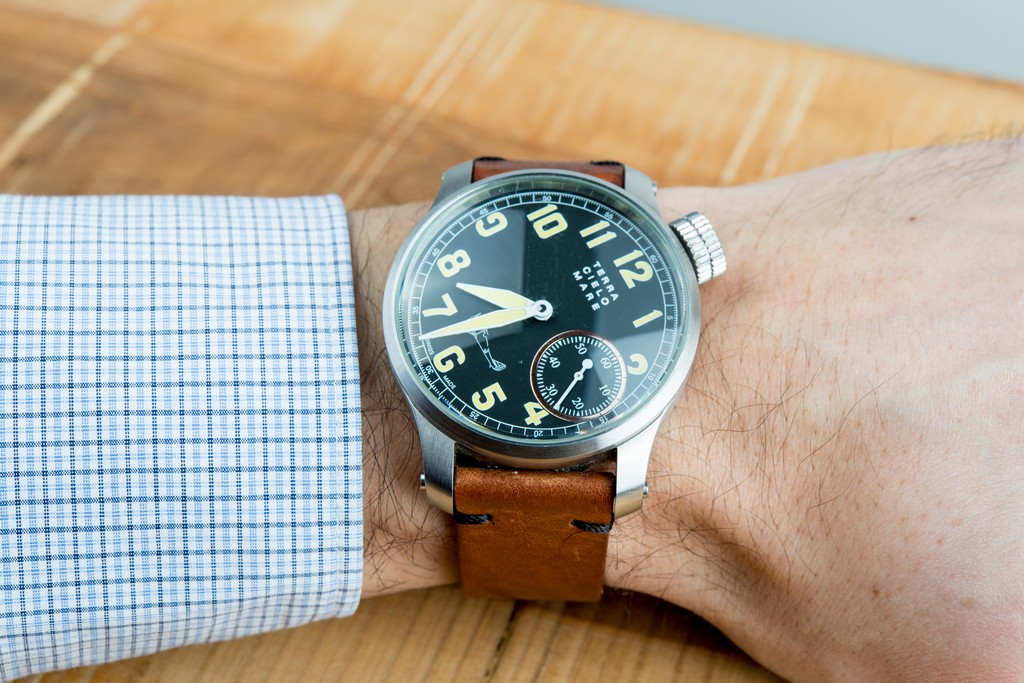
Since writing the previous blog entry (“What is my risk?”) I have encountered additional information to refine the risk calculation I outlined. I found a reference that provides a better value for the relative intensity of aerosol generation between the activities of talking and passive breathing: approximately 10X (compared to my placeholder value of 2). When this weighting is applied to the social interaction duration histogram, the critical exposure is reduced from four person-intensity-hours to three.
This does not seem like a large impact on critical exposure but the intensity level associated with talking now requires that all of those short interactions become shorter. If the critical exposure is 3 hours at level 1 (silent breathing in the same room), and talking is 10 times more intense, then an exposure of 0.3 hours (18 minutes) in conversation with an infectious person will deliver the critical dose of virus-laden aerosols. This suggests a limit of 15 minutes in any interaction with a stranger: the 15-minute rule.
In normal conversations however, each party takes turns, usually contributing half of the interaction (unless it is with my brother, who provides more than half). This means that the amount of aerosols injected into the shared airspace by an infected person is only half as much as listening to a continuous lecture by that person.
Further, we now understand that wearing masks attenuates the transmission of virus-laden aerosols. I don’t have quantitative data on this yet, but I expect it will be at least a factor of two. So until knowing more, here are the rules for avoiding a critical exposure to the covid virus from a random encounter:
1. The critical exposure for contracting covid-19 is three hours of breathing (but not talking) in the same interior air space with an infected person.
2. An interaction with someone who is a sole speaker should be limited to 15 minutes.
3. If the interaction is in normal conversation, it can be extended to 30 minutes.
4. If wearing masks, we can safely converse with people for an hour.
5. If outdoors, these times are longer (but by how much is unknown).
I find these limits to be reassuring. They don’t prohibit functional interactions with store clerks and others, and they allow casual conversations with neighbors and strangers, even lengthy talks while wearing masks. They also provide limits to help decide whether to get a 15-minute haircut (ok if your barber is not loquacious, even longer if masked), or to have an indoor meal at a restaurant (ok if only with your family, not ok if with others at your table, or too many unmasked others at nearby tables).
And I can easily see why the epidemiologist, ICU doctor and scientist don’t walk into bars.
I hope you find these covid rules helpful as well.

